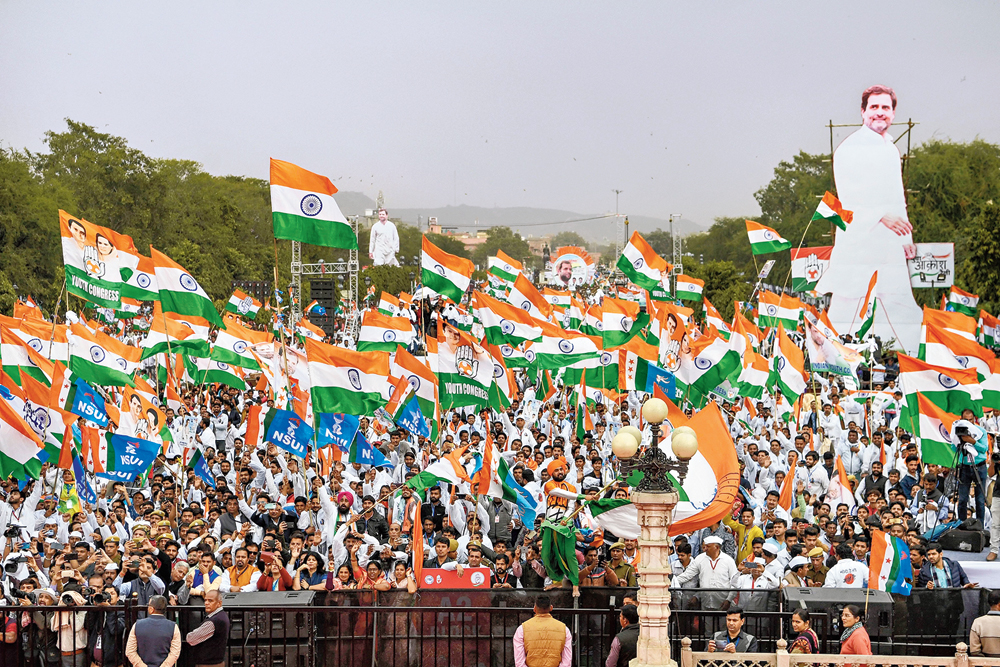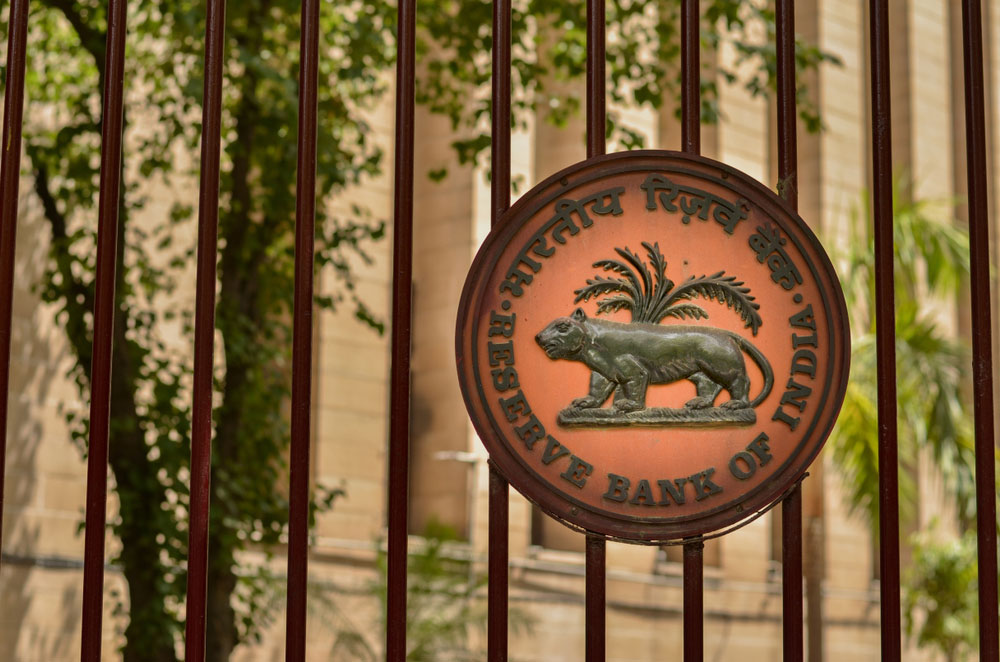A recent study at the Institute for Human Development has shown that the rate of growth in wages and salaries across industries in India fell by more than 5 percentage points between 2011-12 and March 2018. The study compared the weekly real earnings in wages and salaries between 2004-05 and 2011-12, and between 2011-12 and 2017-18. The data used were from the Periodic Labour Force Survey of 2017-18 and other, previously conducted, employment-unemployment surveys. The findings suggest that not only did the rate of growth of wages and salaries slow down in many sectors but it had also turned negative in a number of industries. The picture is consistent with low consumption demand and high unemployment. The earnings growth rate declined from 6.47 per cent in the first period to 1.05 per cent in the second period. The second period, namely 2011-12 to 2017-18, was a time of policy shocks. The rate of growth of earnings of workers employed by the household sector fell from 5.48 per cent to 0.99 per cent. In manufacturing, the growth rate fell from 3.44 per cent to 1.02 per cent. Other industry segments, such as transport, trade, hotels, financial services and real estate, registered an absolute decline in earnings. Another important finding that emerged from the study was the fact that the higher earning groups in the workforce were affected more adversely than those at the bottom of the earnings scale. Every segment of the workforce has been affected, including the salaried classes. Hence, there has been a decline across the board in purchasing power, affecting the demand for many different kinds of goods and services.
There is enough data now to indicate that the Indian economy is in a deep mess. The deceleration of income growth and, in many cases, the decline in earnings create macroeconomic problems that policymakers must face squarely so that the slowdown does not become a full-fledged recession. Lower levels of income leave workers worse off, contributing to social instability. With low spending, producers find that demand for their products are drying up. This makes them pessimistic about the future, and they refuse to invest and expand. Indeed, they may cut back on production and even lay off workers. This strengthens the downward spiral. Foreign investors shy away too, and imports decline. To make matters worse, if international economic demand is weak, exports would decrease. Lower costs of credit will not convince producers to increase their activity. A bleak picture emerges. That is exactly what is happening to the Indian economy.












